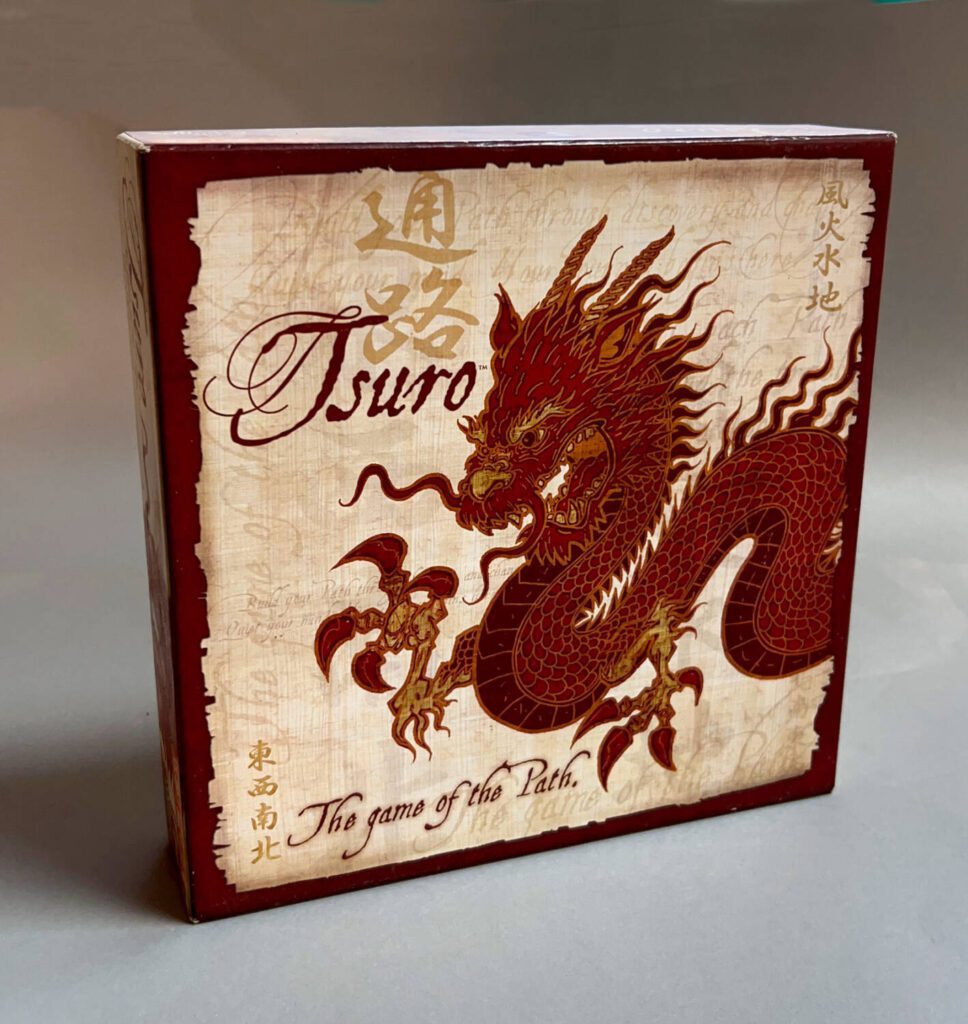
Tsuro (2005, Calliope Games) is a game that, for me, can stand alongside A Gentle Rain and Cascadia. It’s a relaxing game that doesn’t have to be overly competitive, yet it can be as strategic as you want it to be. Your goal is simple: be the last one standing on the board.
To set up the game, place the 6×6 grid board on the table. Have everyone choose a colored token.
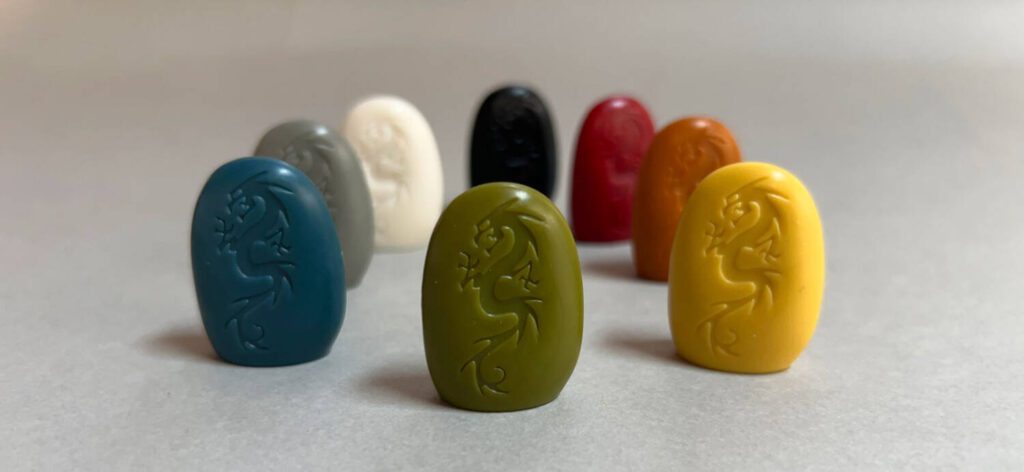
Place it on one of the lines extending past the edge of the board.
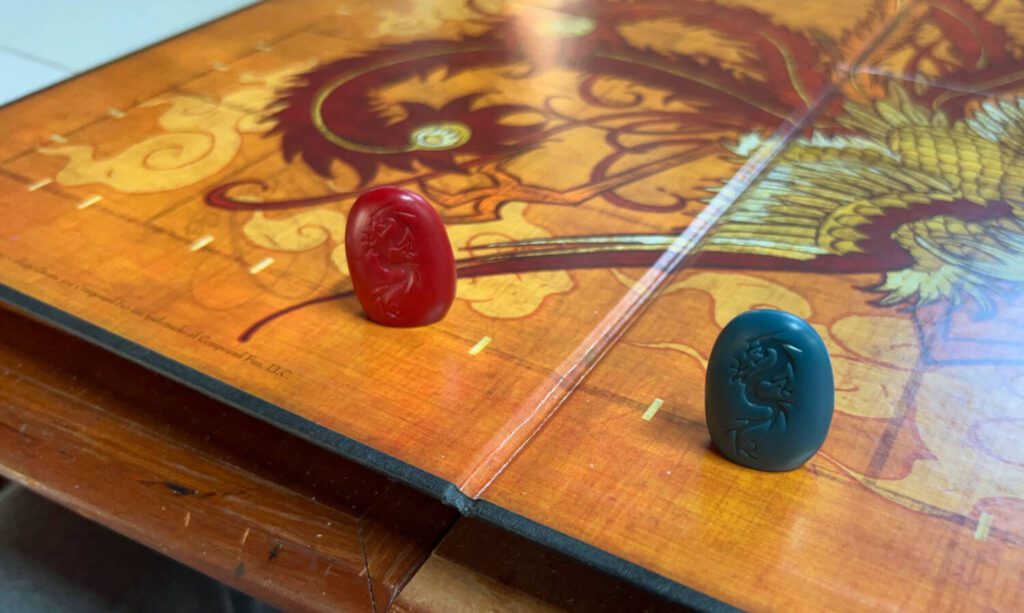
Deal each player three tiles and choose a starting player. (My preference: Chwazi—it’s free on both iOS or Android)
And that’s it.
There are two pathway connections on each side of the tiles. Each edge connection matches another edge connection on the tile. For instance, the one where the connections go in a straight line to its opposite side looks like a simple Tick-Tac-Toe board. The tile where each point on a side connects to the other connection on that side looks like four “U”s. Start mixing those connections up and you get twists and curves.
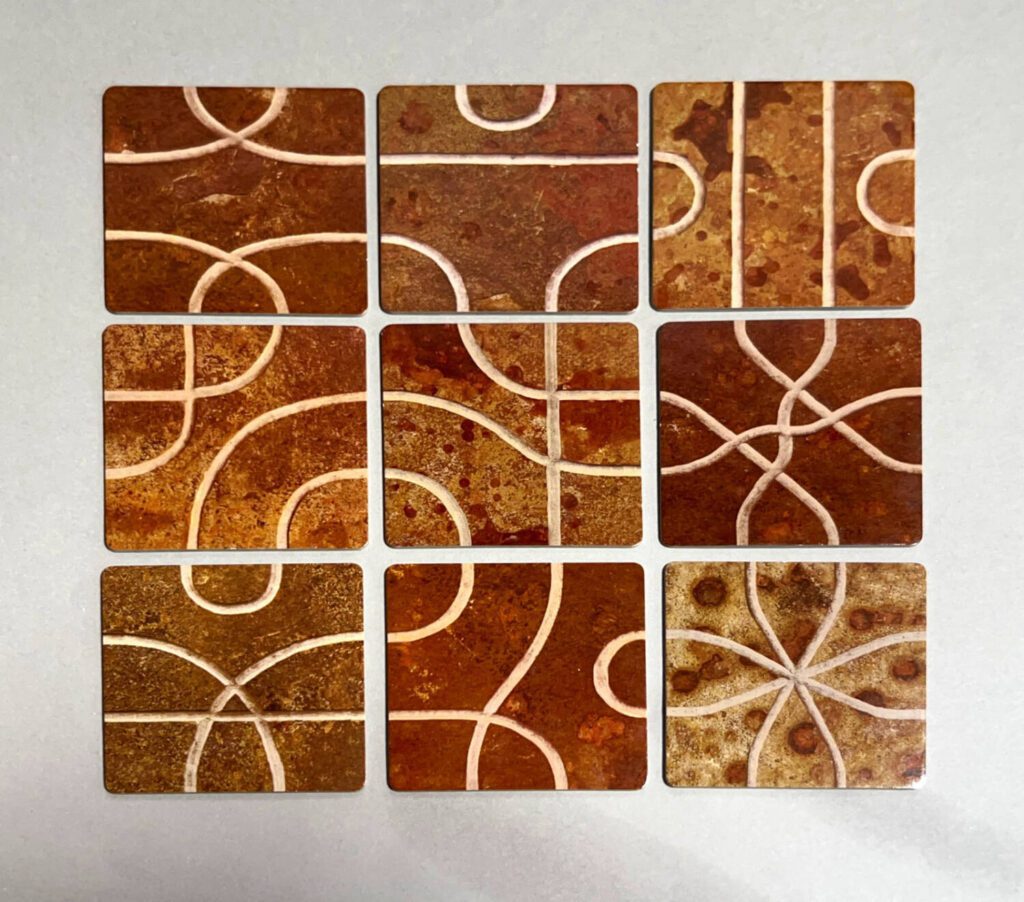
On a turn, you’ll place one of your three tiles on the board so it touches the end of the path your token is on. Then move your token along the new tile to the edge to the new end of the path. In this way, you’re creating a long, winding path for your token to move around the board on. After playing a tile, draw another tile so you have three tiles in your hand again.
The trick is to avoid having your tiled path end along the edge of the board. If that happens, you fall off the board and lose.
Of course, your opponents are all trying to do the same thing. With just two players, it can take a while before your path crosses into that of your opponent. The more players—Tsuro plays 2-8 players—the sooner your pathways will cross.
Say an opponent places a tile for their token in a space that also touches the tile your token is on. In this case, you must move your token along the new tile and down any connected pathway until that path ends. Sometimes, this might be a single tile. Other times, you’ll traverse over multiple tiles. Sometimes you’ll end up safely at the edge of another tile elsewhere on the board. Other times, that pathway forces you off the board and you’ll lose before taking another turn.
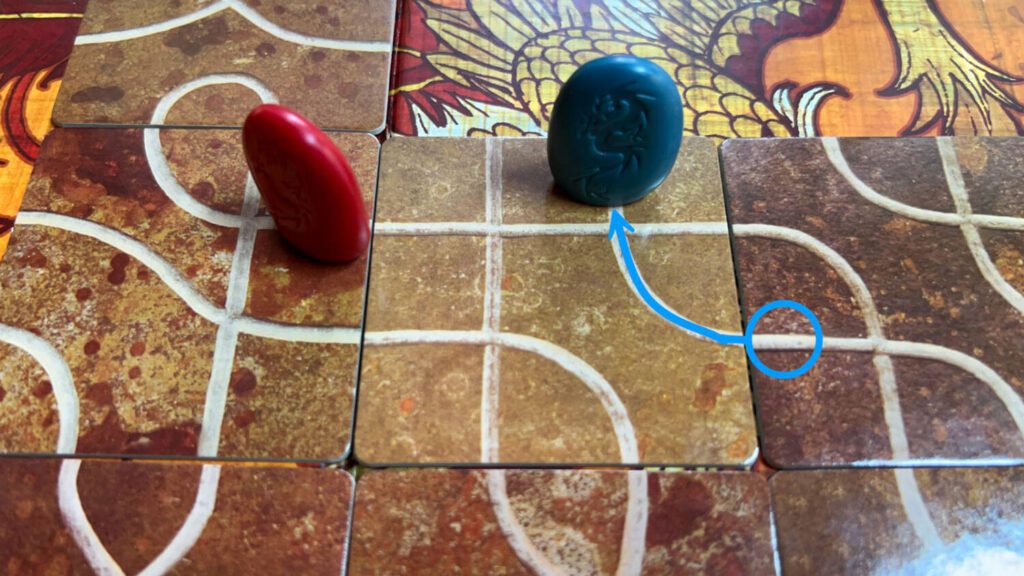
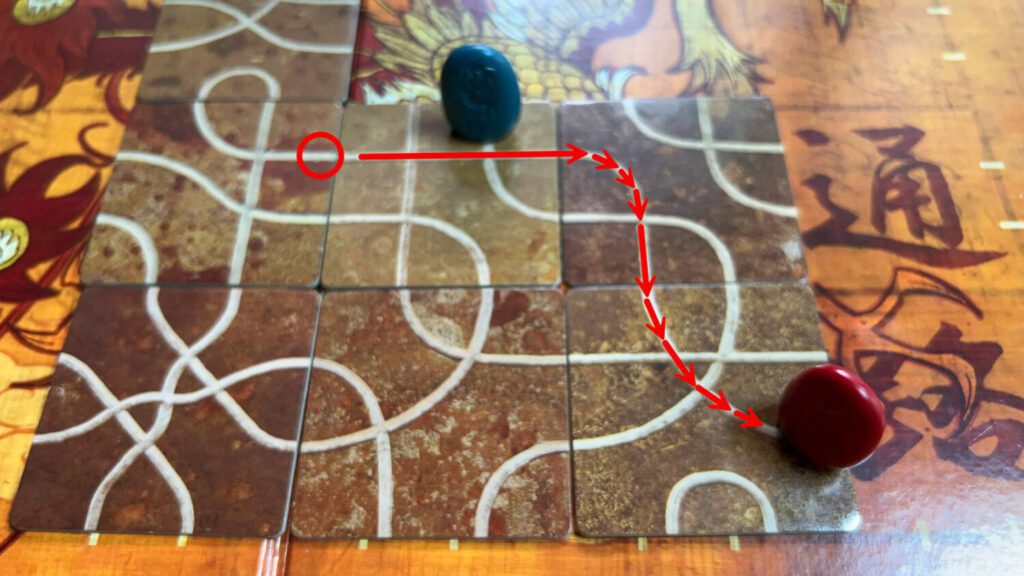
You also need to avoid being on a path that will collide with another player’s token. That will cause both of you to be out of the game.
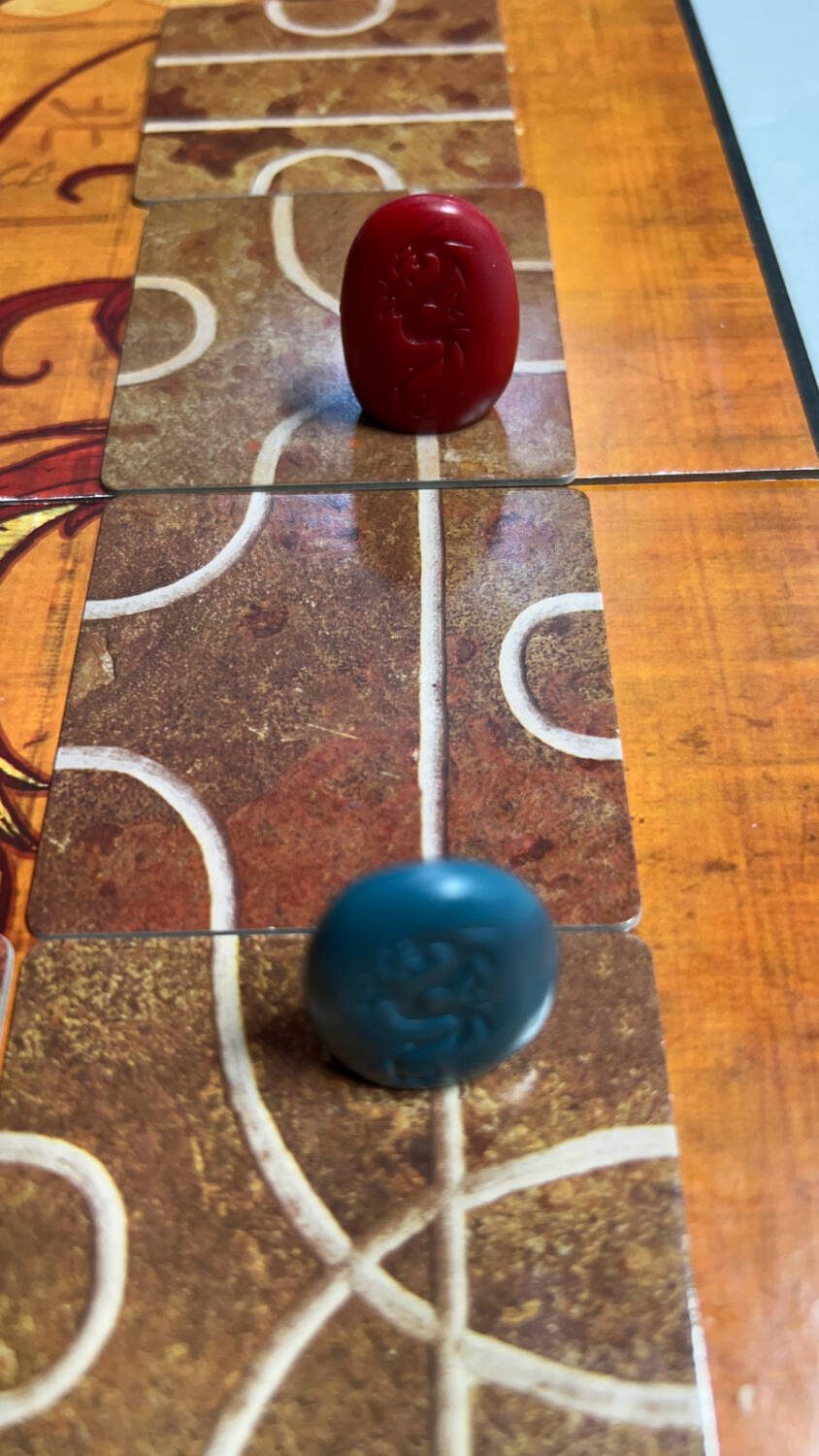
Of course, if you can arrange for that to happen to your opponents with a tile played for your token, have at.
The early game gives the impression that Tsuro is a game for kids. You’ll be placing tiles and twisting and turning along your own pathways. It’s in the late-middle game where you’ll need to study your three tiles to see where the paths they create take you. The further you stay away from the edge of the board, the better you’ll be—provided you don’t then connect to any path that drops you off the board.
It also helps to consider the two types of pathways created by each new tile you and your opponents play. There will be the intentional path you’re making to keep your piece alive, and the unintentional paths the rest of the connections on the tile will make. These unintentional pathways often create a circuitous route that ends at the edge of the board. You’ll want to avoid these, while taking any chance you can to force an opponent down one.
Tsuro may be a family, or even a party game, but that doesn’t mean it lacks a puzzly element that gamers can appreciate. It can be as relaxing or as challenging as you want to make it.


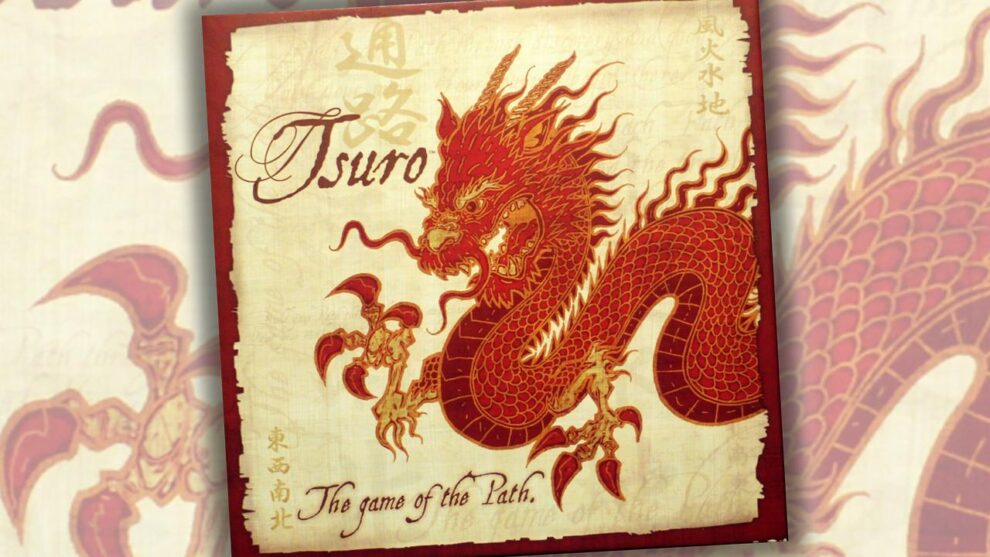


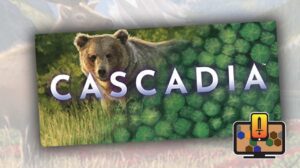

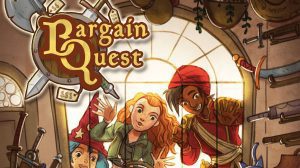




Add Comment